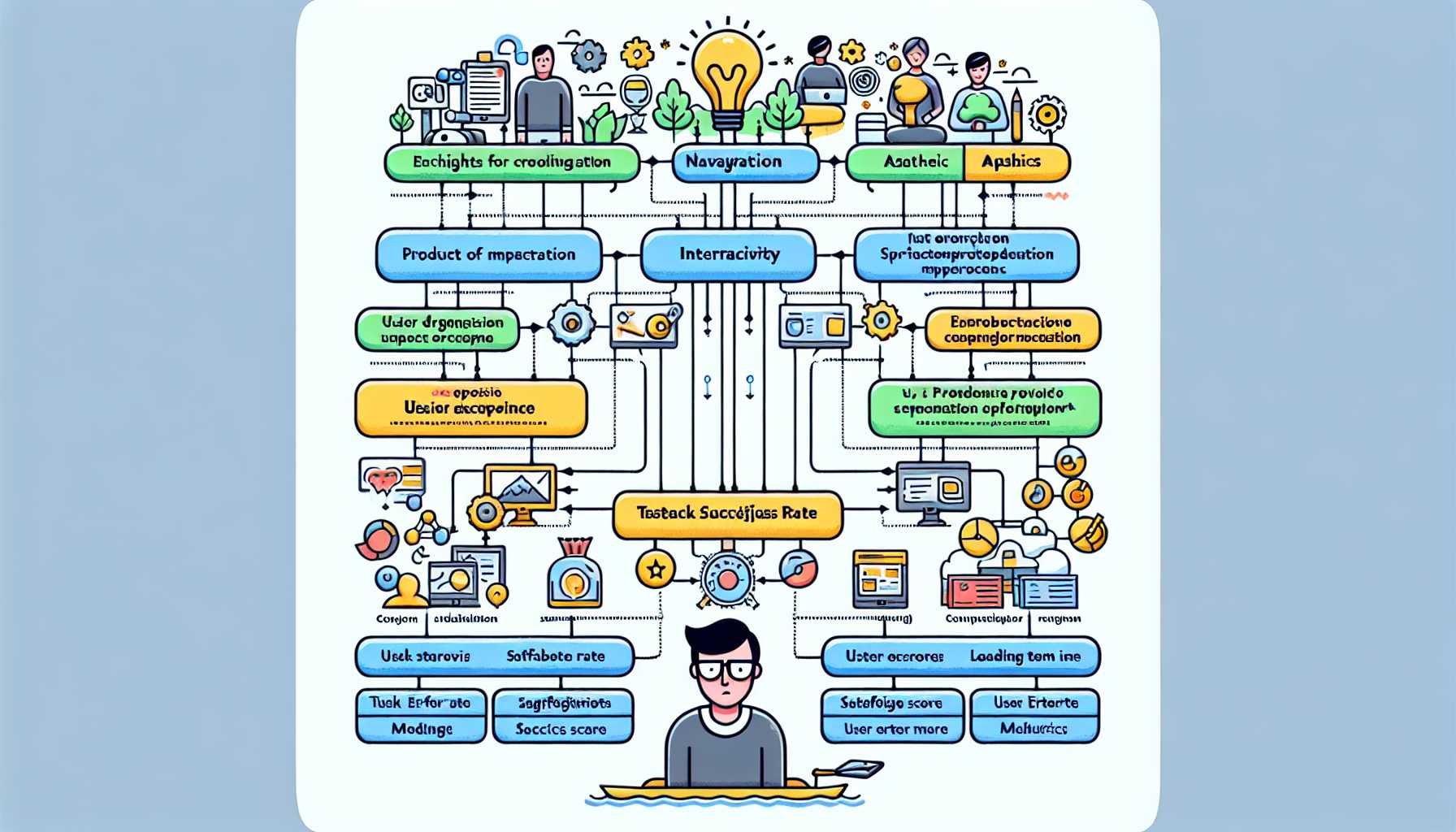Welcome back to our deep dive into the craft of product management. As a seasoned product leader, you know that user experience (UX) is more than a buzzword; it’s the lifeblood of any software product. Enhancing UX is imperative not only for customer satisfaction but also for the product’s longevity in a hyper-competitive market.

Understanding the User Experience (UX)
Before we move into measurement and enhancement, let’s take a moment to define what we mean by ‘user experience’. UX is the sum total of all interactions a user has with your product. It is how they feel about every click, swipe, and second of loading time – how intuitive, satisfying, and valuable they find the experience altogether. The more positive the UX, the more likely users will stay, convert, and advocate for your product.
Measuring User Experience: Beyond the Basics
Measurement is where the rubber meets the road. We often start with surface-level metrics – downloads, DAUs (Daily Active Users), MAUs (Monthly Active Users). However, these numbers barely scratch the surface. Here are the multifaceted approaches I took:
User Satisfaction Surveys
- Net Promoter Score (NPS): A simple, powerful tool that measures customer loyalty and satisfaction.
- Customer Satisfaction (CSAT): This metric gauges immediate satisfaction with a product or a service.
- User Effort Score (UES): It assesses how much effort users have to put in to achieve their desired outcome.
In one of my previous roles, we combined these surveys with the product’s specific analytics to quantify experiences. For example, correlating NPS with feature usage to understand which functionality was tied directly to user satisfaction. Tailoring surveys to context really enhanced actionable insights.
Behavioral Analytics
Tracking user actions inside your product can uncover usage patterns. Tools like Mixpanel or Amplitude were my go-to resources for this kind of behavioral analysis. These platforms allowed our team to understand the user journey comprehensively and identify friction points.
A/B Testing
Never underestimate the power of controlled experimentation. A/B testing variations of features or UX components led to some of my teams’ most significant breakthroughs. Data-driven design decisions avoid debate and lead straight to enhancement.
Enhancing User Experience: An Ongoing Journey
Understanding metrics is one thing; leveraging them for enhancement is another. Here are some of the strategies I’ve implemented:
User-Centric Design and Development
We put users at the core of every decision. This means continuous user testing, leveraging a design thinking approach, and exercising empathy with user scenarios. Updating personas and journey maps as the product evolves is crucial.
Performance Optimization
Slow load times can kill UX. Our teams targeted performance bottlenecks with rigorous optimization – compressing images, lazy loading non-critical resources, and using a Content Delivery Network (CDN). The result was a faster, smoother user experience that retained users better.
Iterative Improvement
UX isn’t a “set and forget” feature. It evolves as user needs and technologies change. We worked in a Klipfolio dashboard that aggregated all our key UX metrics and made it a part of our daily standup, discussing areas needing attention and celebrating wins.
Accessibility and Inclusion
A product is only as good as its ability to be used by everyone. By adopting WCAG guidelines for accessibility, we not only expanded our user base but also reinforced our commitment to inclusive design. This approach often led to innovative solutions that improved UX for all users.
Cultural Adaptation
Global software demands global awareness. Localization is not just about language but also about cultural nuances. From my experience, investing in culturally adapted user research paid off in expanding to new markets. It turned out to be an untapped opportunity for enhanced UX.
Closing Thoughts
Measuring and enhancing UX is a sophisticated blend of art and science. It’s about appreciating the qualitative alongside the quantitative and ensuring that you’re always asking “how can this be better?” from the users’ perspective. It requires staying curious, being data-informed, and maintaining a relentless focus on the user. Remember, every metric is a story about a human interacting with your creation. Make that story a compelling one.
Until next time, keep iterating, keep enhancing, and keep leading the UX revolution.
